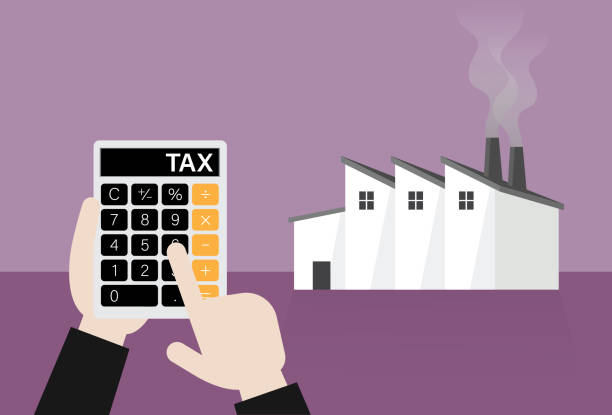World
Do you know how your website can impact the carbon emission?
Companies are becoming increasingly aware of the carbon emissions generated by their websites and are taking steps to reduce their impact. Sustainable knitwear designer Valentina Karellas discovered that her website's homepage generates nearly 10 times the recommended amount of carbon emissions and is planning to reduce the amount of data sent across the network and switch to renewable energy hosting. Other companies have reduced their carbon footprint by simplifying their website's design, optimizing images, streamlining user journeys, and improving search engine optimization. While a text-only site would be the most efficient, companies aim to create a rich user experience while minimizing carbon emissions.
Advertisement

Valentina Karellas, a sustainable knitwear designer in London, was shocked to discover that her website’s homepage generates nearly 10 times the recommended amount of carbon emissions. While her knitwear business is sustainable and eco-friendly, the website’s large images and professional appearance cause it to emit up to 9.89g of carbon per visit. Karellas sources surplus yarns for her designs and uses a hand-powered knitting machine to produce everything on a made-to-order basis. To reduce the carbon footprint of her website, Karellas plans to switch to hosting based on renewable energy and reduce the amount of data sent across the network. The average size of a web page has increased from 468KB in 2010 to more than 2,000KB today, mainly due to large images and background videos. Tools such as Website Carbon Calculator and Ecograder estimate a website’s carbon emissions and inspire businesses to reduce their carbon footprint. The Green Web Foundation provides a tool for checking web hosts’ green credentials.

Tom Greenwood, the managing director of Wholegrain Digital, a low-carbon website building agency, reviewed Karellas’s website and offered some suggestions. He recommended setting the video to play only when the viewer chooses to watch it, using a simpler interaction such as a zoom effect, and reducing the number of full-screen photos on the homepage. Greenwood also suggested optimising pictures to reduce file sizes while maintaining quality, using the more efficient WebP format instead of the older JPEG, and streamlining the user journey through the site to minimise the time users spend interacting with it.
Karellas is optimistic that making these changes will not affect her business negatively. Mightybytes founder Tim Frick also recommends streamlining user journeys and reducing page load times to decrease carbon emissions. Product design studio Quarterre reduced their website’s carbon emissions by 96% by rebuilding it with a small number of simple pages, using smaller images arranged to create a composite design, and adding animation and interaction effects using HTML and CSS. This avoided the need to download large JavaScript files. Additionally, website owners can consider whether any visits can be avoided altogether to reduce carbon emissions.
BioteCH4, a company that converts food waste into energy, has reduced its carbon emissions by 520kg per year through a new site design that has also helped to decrease its bounce rate. Sharon Foster, marketing and brand manager at BioteCH4, explained that the company had previously driven a lot of traffic to its site but had realized this was unnecessary and a waste of energy. By deleting old content and merging useful information into richer content pages, the company has been able to reduce its bounce rate and carbon footprint. The estimated carbon savings of 520kg per year is equivalent to 2,500 miles of air travel. BioteCH4 collaborates with local authorities and companies to turn food waste into energy.
To attract the right customers and reduce their carbon impact, BioteCH4 improved its website’s search engine optimization with more specific keywords. This led to a 21% reduction in the site’s bounce rate and a 13% decrease in bounces from web searches. While the number of website visitors has decreased, the ones who do visit are more likely to engage with the company. However, companies must decide how far they want to go in terms of sustainability when designing their website. While a text-only site would be the most efficient, it would not meet user expectations. The goal should be to create a rich user experience while minimizing carbon emissions, according to Tom Greenwood, managing director of Wholegrain Digital.
Trending Topics

Recommendation – Paylater
The platform provides quick and easy access to credit through its mobile app. Please see more about this right now.
Keep Reading
Keystone bank MasterCard: Apply now!
Experience the convenience, savings, rewards, security, and versatility of Keystone Bank MasterCard - apply today.
Keep Reading
Fidelity Credit Card: Learn more about
Enjoy a whole new level of convenience with the Fidelity Credit Card - easily manage your finances and track your spending.
Keep ReadingYou may also like

Rand Merchant Bank Nigeria: Learn more!
The bank operates a network of branches and ATMs and provides online and mobile banking services to its customers.
Keep Reading
